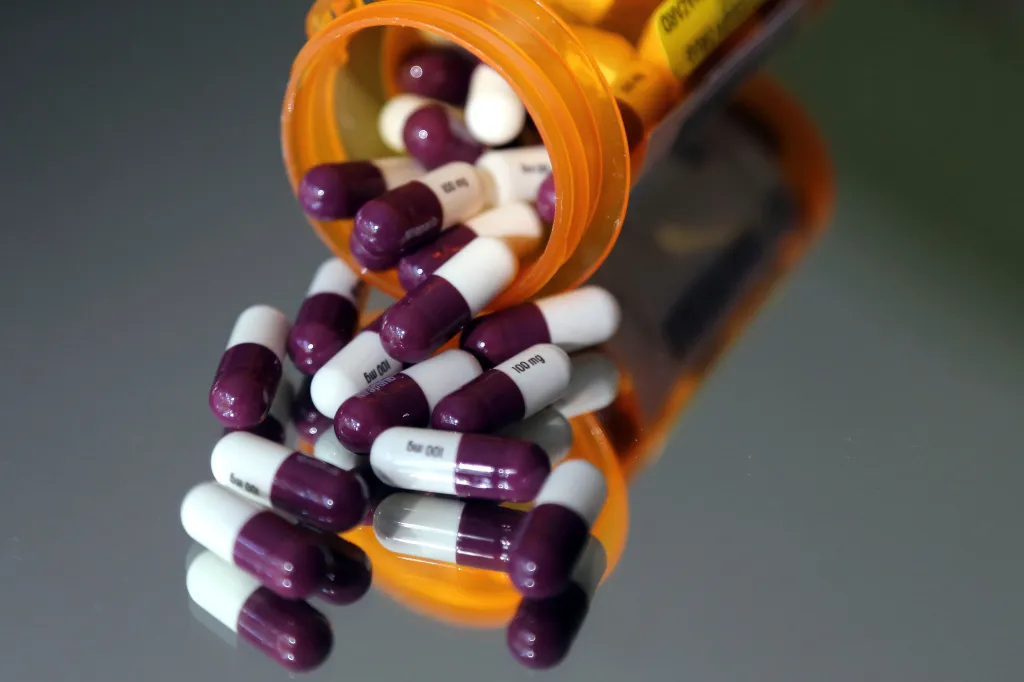By Joel White/inside Sources Joel White/InsideSources
President Trump is attempting to reshape America’s biotech industry with two primary objectives. He wants more medicines to be made in the United States. And he wants to ensure American patients get the lowest prices in the world.
Those are smart, common-sense objectives that will be very difficult to achieve. One strategy is to cap U.S. drug prices at the lowest price charged for the same medicine in other developed countries.
Before adopting foreign price controls, the administration should first lower drug costs by eliminating price controls and market distortions in government-run healthcare, thereby reducing the government’s involvement in drug prices.
The hard truth is we already have a host of government-dictated drug price control programs that don’t work well, partly because big corporations have figured out how to game the system by rigging federal rules to their advantage.
The first strategy is to trim the fat from the U.S. drug pricing system by “bypassing middlemen” — a suggestion already made by the White House. These middlemen, especially large hospitals, intentionally inflate patient costs.
Hospitals abuse the federal 340B program to purchase medications at mandatory discounts and then resell them to vulnerable patients at substantial markups — 1,000% or more. A comparison of 340B hospital prices showed markups can exceed international prescription medicine prices by as much as 700%.
Second, 92% of Americans have health coverage where a government or insurance company determines what patients pay out-of-pocket for drugs. Consumer angst with insurers is well-documented, partly due to prices not being transparent, and patients pay cost-sharing for drugs at the marked-up, pre-negotiation price. A rising industry of transparent and pass-through pharmacy benefit managers is giving patients access to prices and negotiated discounts at the pharmacy counter. When patients in this program fill a prescription at a pharmacy, they know the cost, and the pharmacy charges the negotiated discounted price for the medication. The administration should create incentives for these pro-consumer models and require all insurers to disclose prices and hidden discounts to consumers transparently.
The second focus for U.S. leaders should be boosting investments in American biotech research and manufacturing to encourage competition. Competition lowers price; it is economics 101.
Finally, reducing the input costs of developing new medicines will lower drug prices significantly. The administration and pharmaceutical industry have shown interest in increasing the use of artificial intelligence in developing new treatments.
All told, these changes could reduce the prices patients pay by 60% to 80%, bringing us on par with other nations without the limited access that patients in other countries experience.
With smart, targeted reforms, we can accelerate our position as the world’s foremost leader in biopharmaceutical innovation while making medicines more affordable for patients at home.
Joel White is the president of the Council for Affordable Health Coverage
